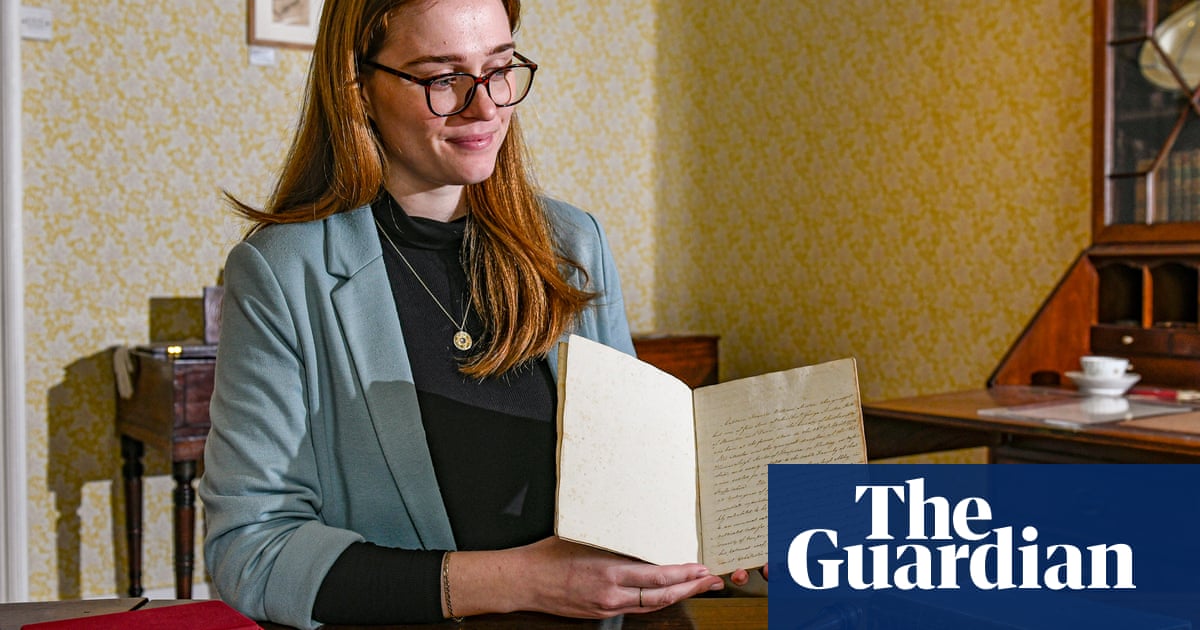
The house where Jane Austen completed all six of her novels and lived for the last eight years of her life, is at risk of closing before the end of the year due to the financial pressures of lockdown and is launching an appeal to secure its future.
Lizzie Dunford, director of Jane Austen’s House Museum, in Chawton, Hampshire, said it receives no regular public funding and is dependent on visitors and supporters. When the doors were closed on 20 March due to the coronavirus pandemic, the museum, which employs 16 staff and has 50 volunteers, lost all its income.
Now there is “a very real risk” that the museum will close permanently before the end of 2020, Dunford said, with its collections of first editions, letters and objects owned by the Austen family set to be dispersed and all staff made redundant.
“One hundred per cent of our daily operational costs are covered by face to face visits,” said Dunford, who started as director in April. “This source of funds has been suddenly and devastatingly switched off.”
Most of the museum’s workers are furloughed, with the remaining staff managing an online shop. But the museum is now appealing for emergency funding, with Dunford asking “everyone worldwide who has ever escaped reality with one of Jane’s sparkling novels to help ensure the survival of the house that saw them first emerge”.
Austen moved to the cottage in 1809 with her mother, her sister Cassandra and her friend Martha Lloyd, after her brother Edward inherited the estate at Chawton. There she completed novels including Sense and Sensibility, Pride and Prejudice and Emma, working at a little table by the dining room window. The family remained at the house after her death in 1817, with the cottage split into three homes for staff on the estate in 1845.
The Jane Austen Memorial Trust raised funds to buy the house in 1947, and it opened to the public two years later. It now houses letters, first editions and objects relating to the author, including a letter case carved for Austen by her brother Francis, a ring and her writing table.
“For those who visit, the cottage’s every room is filled with intimate associations to this beloved writer,” Dunford said. “There is no other place surviving so closely associated with her. The only one of her homes open to the public, it is the most treasured Jane Austen site in the world and holds an internationally significant collection of items.”
The museum has set a target of £75,000 to ensure its survival during the pandemic, and has already raised more than £13,000.
Austen scholar and trustee at the museum Kathryn Sutherland said she was proud to support the appeal at a time when “windows on alternative lives and ways of being” brought to us by novels, music and plays, were needed more than ever.
She said the museum offers “a supplement to our reading, a kind of authentication. This is where she wrote. Readers from all over the world come there to find confirmation of the intimacy of connection that we discover in the books.”
“We’d all be the poorer without these special places. We owe it to ourselves to save them,” Sutherland added.
Several public figures have rallied to the cause, including historian, broadcaster and curator at Historic Royal Palaces, Lucy Worsley, who urged donations to “the place where every sentient person’s favourite author finished her six novels”. Actor Samuel West and playwright Laura Wade also called for people to donate, as has gardener and broadcaster Alan Titchmarsh, who lives close to the museum. In a video made for the museum, he paid tribute to Austen’s ability to create “a world that was real to her which we can now share”.
“When you go to Jane Austen’s house, you feel her presence there, it’s one of those houses that really does have atmosphere,” he said.











